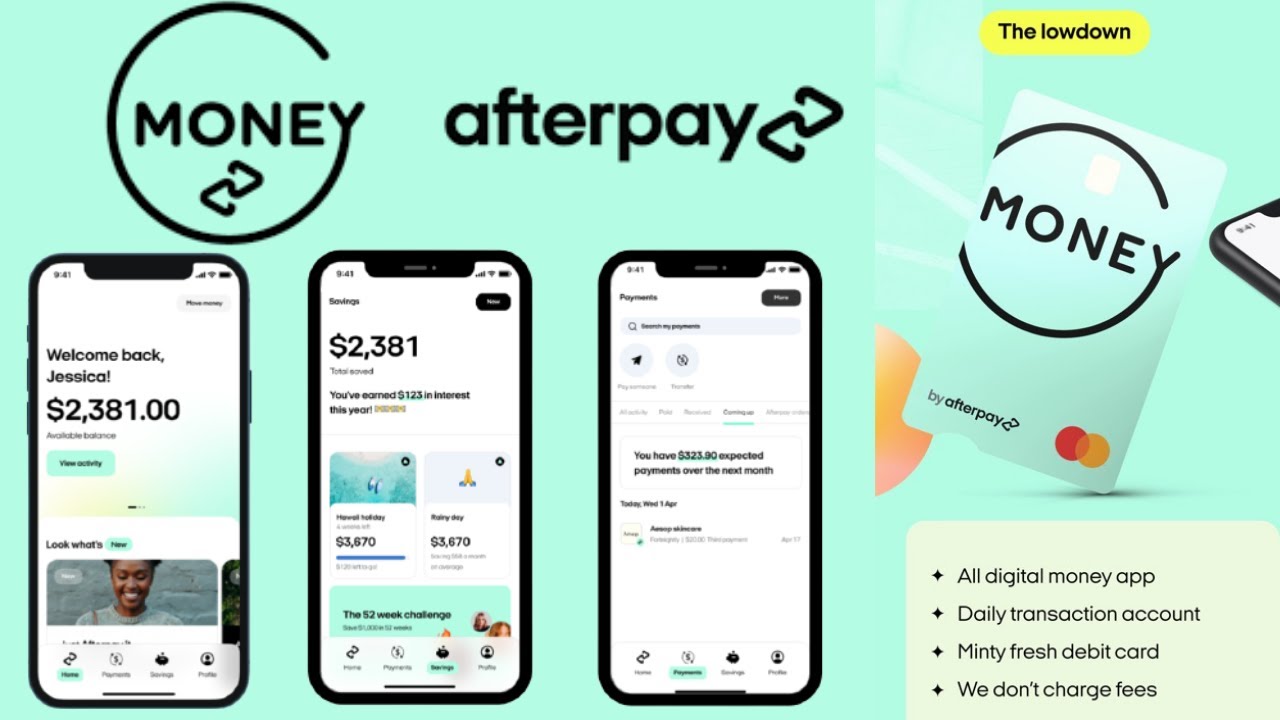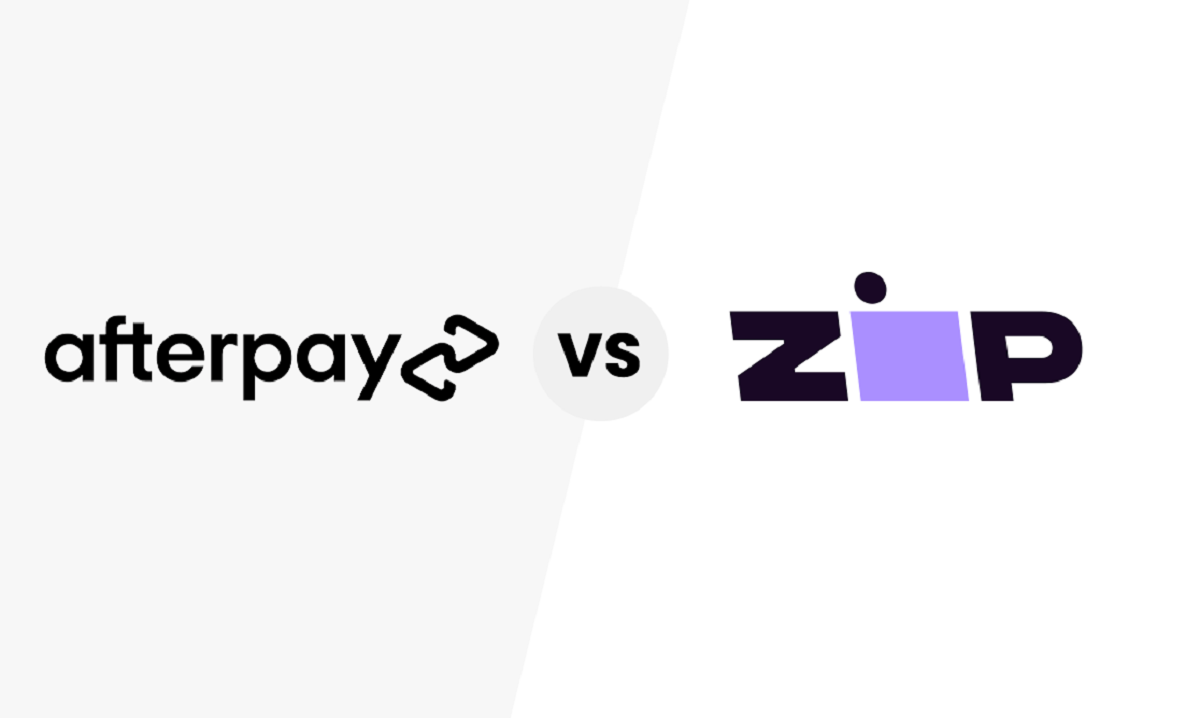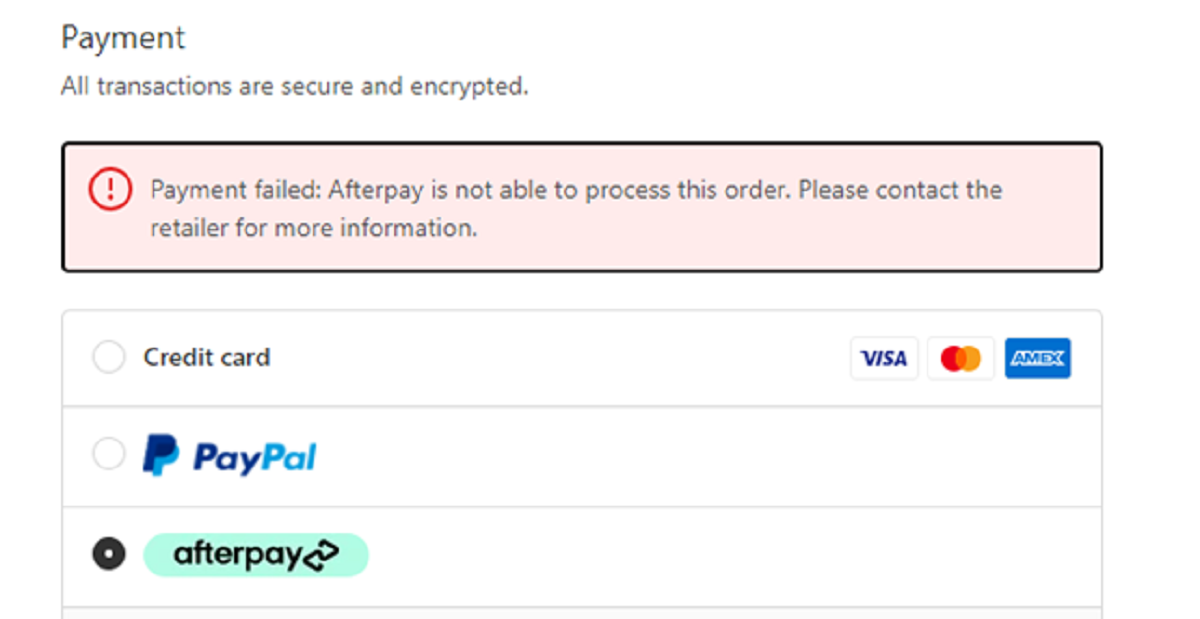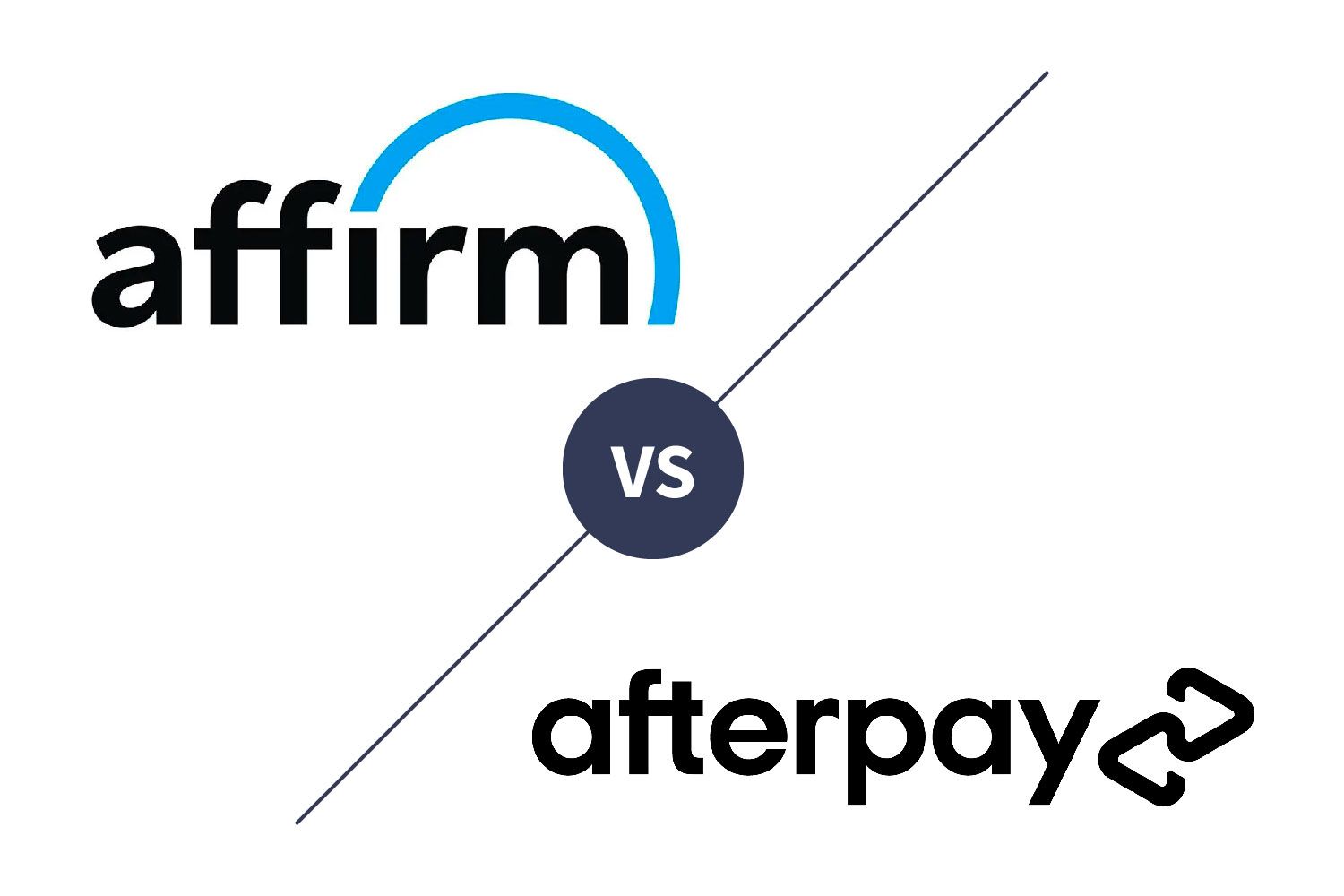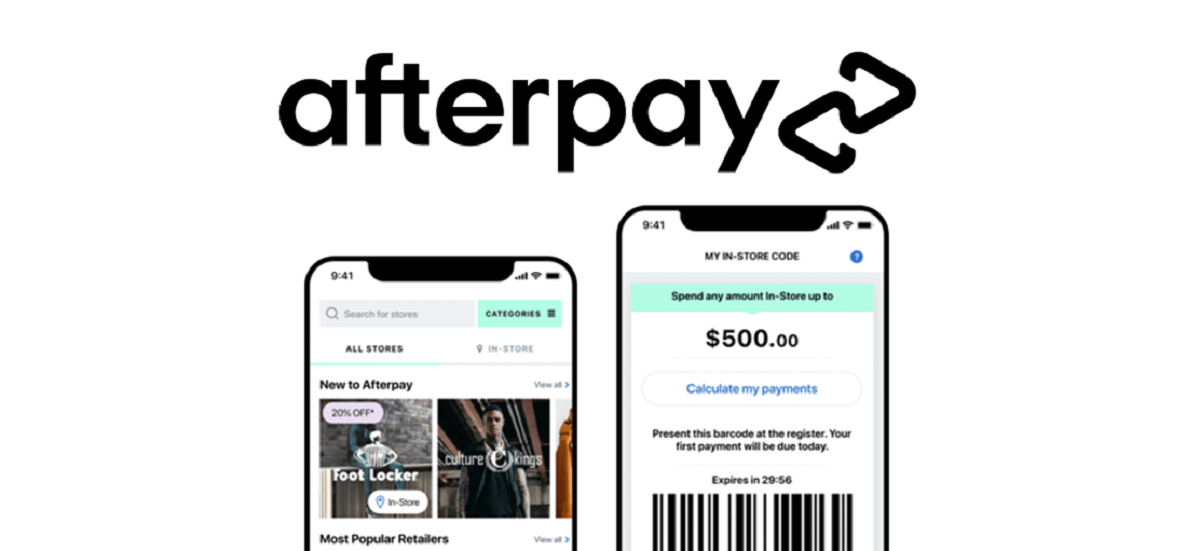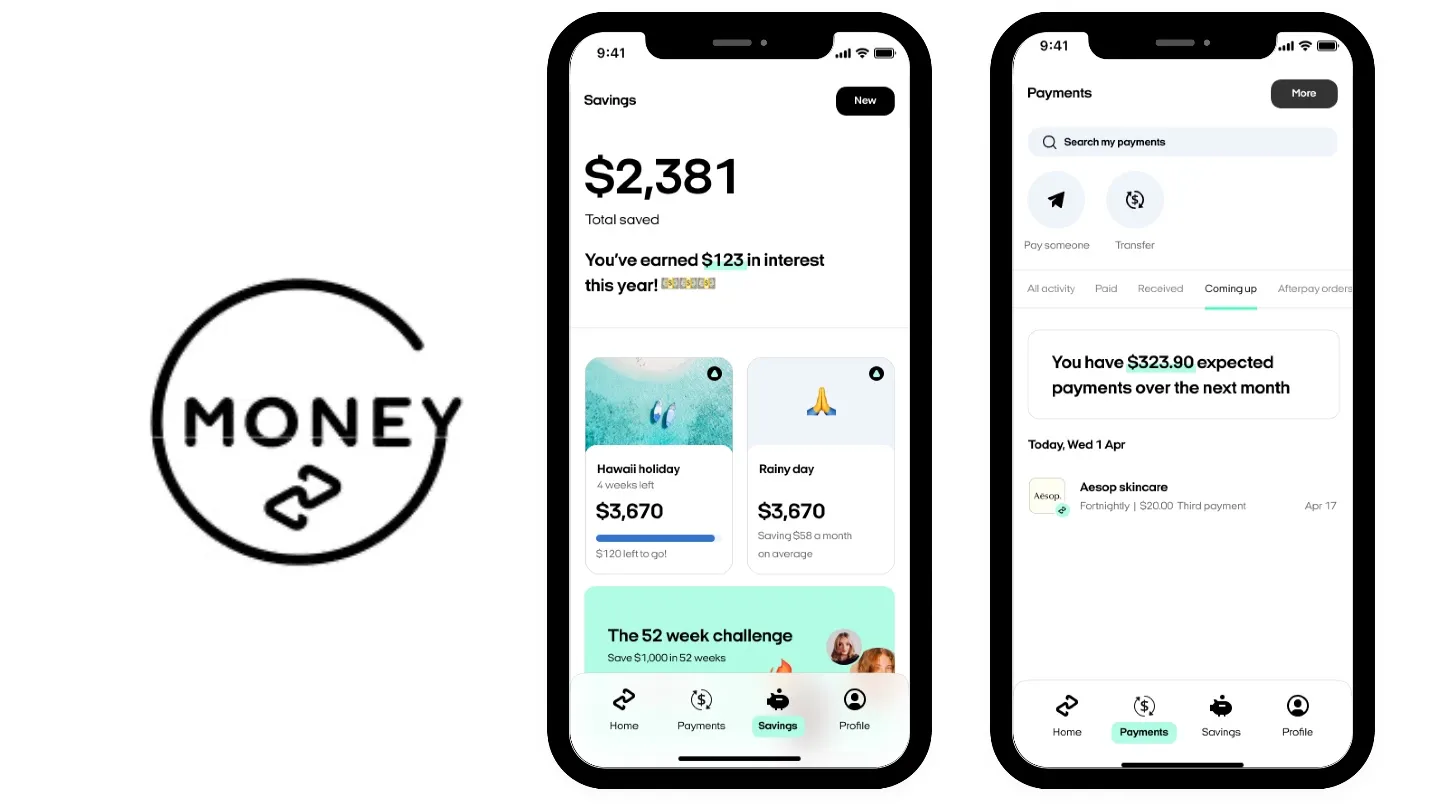Introduction
Welcome to our article on how Afterpay makes money. In today’s fast-paced and ever-evolving financial landscape, online payment methods have seen significant growth and innovation. Afterpay, a popular buy-now-pay-later platform, has gained immense popularity among consumers and merchants alike. This article aims to provide insights into the workings of Afterpay as well as shed light on the various revenue streams that contribute to its business model.
Launched in 2014 in Australia, Afterpay has revolutionized the way people make purchases by allowing them to split their payments into manageable installments without any interest or fees, provided they pay on time. The platform quickly expanded internationally and now operates in multiple countries, including the United States and the United Kingdom.
With its user-friendly interface, Afterpay enables consumers to shop for a wide range of products and services across various industries including fashion, beauty, electronics, and more. It has become especially popular among millennials and Gen Z consumers, who appreciate the flexibility and transparency that Afterpay offers.
Now, you may be wondering how Afterpay operates and makes a profit without charging any interest or fees to its customers. The answer lies in its unique revenue model, which primarily relies on partnerships with merchants and various supporting revenue streams. In the following sections, we will delve deeper into the workings of Afterpay’s business model and explore the different ways it generates revenue.
What is Afterpay?
Before delving into how Afterpay makes money, let’s first establish a clear understanding of what Afterpay is. Afterpay is a fintech company that provides a buy-now-pay-later platform, allowing customers to make purchases and pay for them in multiple installments.
Unlike traditional credit systems, Afterpay doesn’t charge any interest or upfront fees to customers. Instead, customers can split their total purchase amount into four equal payments, which are automatically deducted from their chosen payment method every two weeks. This flexibility and interest-free structure have made Afterpay particularly appealing to consumers, especially those who prefer to budget their expenses over time.
From the merchant’s perspective, partnering with Afterpay can offer several advantages. By integrating Afterpay into their online checkout process, merchants can tap into a broader customer base and potentially increase conversion rates. Moreover, Afterpay assumes the financial risk associated with customer defaults or chargebacks, giving merchants added security and assurance.
Afterpay’s growing popularity can be attributed to its ease of use and the seamless integration it offers. Customers can sign up for an Afterpay account directly on the platform or through participating retailers’ websites. After providing some basic information and passing a quick credit check, customers can start using Afterpay for their purchases.
Once approved, customers can browse participating retailers’ websites and select Afterpay as their preferred payment method at checkout. They can then choose to pay in four installments, with the first payment being due at the time of purchase. Afterpay automatically deducts the subsequent payments every two weeks, making it convenient for customers to manage their payments.
It’s important to note that Afterpay is not a credit facility or traditional loan provider. Instead, it acts as a facilitator between customers and merchants, allowing customers to pay for their purchases in installments while ensuring merchants receive the full payment upfront.
In the next section, we will explore the various ways Afterpay generates revenue and sustains its operations.
How does Afterpay work?
To understand how Afterpay makes money, it’s crucial to comprehend how the platform operates from both the customer and merchant perspectives.
For customers, the process is straightforward. After signing up for an Afterpay account, they can browse participating retailers’ websites and add items to their cart. At checkout, they select Afterpay as their payment method. Customers then pay for their purchases in four equal installments, with the first payment due at the time of purchase and subsequent payments automatically deducted every two weeks.
For merchants, integrating Afterpay into their online checkout process can be done seamlessly. Once integrated, customers who choose Afterpay as their payment method will be redirected to the Afterpay platform to complete the transaction. Afterpay assumes the responsibility of collecting payments and bearing the risk of any defaults or chargebacks, providing merchants with added financial security.
It’s important to note that while Afterpay performs a credit check on customers during the sign-up process, it does not charge any interest or fees for the service. Customers are only responsible for making the agreed-upon installments on time. However, late fees may apply if the customer fails to make a payment within the specified timeframe.
Afterpay’s success is fueled by its ability to provide a convenient and interest-free solution for consumers who prefer to spread out their payments over time. This model appeals to a wide range of customers, particularly younger generations who value financial flexibility and transparency. By allowing customers to buy now and pay later without the burden of interest charges, Afterpay has gained significant traction in the market.
Furthermore, Afterpay’s partnerships with retailers play a crucial role in its success. Participating merchants benefit from increased conversion rates and access to Afterpay’s extensive customer base. By offering Afterpay as a payment option, merchants can attract new customers and provide a more accessible purchasing experience.
Overall, Afterpay’s success lies in its ability to cater to the changing needs and preferences of modern consumers. By providing a flexible, interest-free buy-now-pay-later solution and partnering with retailers, Afterpay has become a dominant player in the online payment industry.
In the next section, we will explore the various revenue streams that contribute to Afterpay’s profitability.
How Afterpay makes money
Afterpay operates on a unique revenue model that allows the company to generate income while offering interest-free payments to its customers. Here are the primary methods through which Afterpay generates revenue:
Merchant fees
One of the core revenue streams for Afterpay is the fees charged to merchants who use the platform. When a customer makes a purchase using Afterpay, the merchant pays Afterpay a percentage of the transaction value as a processing fee. This fee is typically higher than the fees charged by traditional payment processors.
Late fees
While Afterpay doesn’t charge interest, it does impose late fees on customers who fail to make their installment payments on time. Late fees incentivize customers to make timely payments and contribute to Afterpay’s revenue. These fees are imposed in addition to the installment amount and vary based on the purchase price. However, it’s noteworthy that Afterpay places a cap on late fees to prevent excessive penalties.
Financing fees
Afterpay also generates revenue through financing fees. These fees are charged to customers who opt to extend their payment plan beyond the standard four installments. By offering customers the flexibility to extend their payment period, Afterpay can charge additional fees, thus increasing its revenue.
Other sources of revenue
In addition to the primary revenue streams mentioned above, Afterpay explores various opportunities to generate additional income. For instance, Afterpay may negotiate promotional or marketing agreements with merchants to earn supplemental revenue. Additionally, the company may seek partnerships with financial institutions or credit providers to expand its service offerings and earn referral or commission fees.
The combination of merchant fees, late fees, financing fees, and other supplementary sources of revenue enables Afterpay to sustain its operations, invest in technology, and drive market growth. By offering a unique payment solution without interest charges to its customers, Afterpay has managed to establish a profitable business model that benefits both consumers and merchants.
While Afterpay’s revenue model has contributed to its success, it has also faced criticism regarding potential excessive borrowing and encouraging impulse buying. However, the company maintains that responsible spending and transparent payment plans are key pillars of its business model.
In the upcoming sections, we will explore the criticisms of Afterpay’s business model in further detail and provide a balanced perspective on the company’s impact.
Merchant fees
One of the primary revenue streams for Afterpay is the fees it charges to merchants who integrate the platform into their checkout process. When a customer chooses to pay with Afterpay, the merchant pays a processing fee to Afterpay, which is typically a percentage of the transaction value. This fee is higher than the fees charged by traditional payment processors.
By charging merchants for using their services, Afterpay creates a mutually beneficial relationship. Participating merchants gain access to Afterpay’s large customer base and enjoy increased conversion rates. By offering Afterpay as a payment option, merchants have the potential to attract new customers who prefer the convenience and flexibility of installment payments. This can lead to increased sales and improved customer loyalty.
The exact merchant fees charged by Afterpay can vary depending on factors such as the industry, transaction volume, and the specific agreement between Afterpay and the merchant. However, on average, merchants can expect to pay around 4-6% of the transaction value as a processing fee.
These merchant fees represent a significant portion of Afterpay’s revenue and play a vital role in sustaining its operations. As the platform continues to expand its merchant network and onboard new partners, the revenue generated from merchant fees also continues to grow.
For merchants, partnering with Afterpay can provide several benefits beyond increased sales. Afterpay assumes the risk associated with customer defaults or chargebacks, reducing the financial burden on merchants. This ensures that the merchant receives the full payment for the purchase upfront, while Afterpay deals with any potential payment issues or disputes.
In addition, Afterpay provides merchants with detailed analytics and insights into their customers’ purchasing behavior. This data can be used to optimize marketing strategies, tailor product offerings, and enhance customer experiences.
It’s important to note that the merchant fees represent a significant portion of Afterpay’s revenue but may vary based on factors such as market conditions, competition, and the specific terms of agreements. Afterpay continuously monitors the overall market environment to ensure a fair and competitive fee structure for its merchant partners.
Overall, the merchant fees charged by Afterpay serve as a vital revenue source for the company, supporting its operations, expansion, and ongoing innovation. By providing a valuable service to merchants and facilitating seamless payment experiences for customers, Afterpay has successfully established itself as a leader in the buy-now-pay-later market.
Late fees
While Afterpay prides itself on offering interest-free payments to customers, it does impose late fees for missed or delayed payments. Late fees serve as a disincentive for customers to pay their installments promptly and play a role in Afterpay’s revenue generation.
If a customer fails to make a payment by the due date, Afterpay charges a late fee. The late fee amount varies depending on the purchase price, but it is typically a fixed fee rather than a percentage of the outstanding balance. Afterpay places a cap on the cumulative late fees a customer can incur to prevent excessive penalties.
The imposition of late fees not only provides a financial consequence for missed payments but also acts as an incentive for customers to fulfill their obligations on time. Afterpay encourages responsible spending and timely repayment to maintain a positive relationship with its customers.
It’s important to note that Afterpay takes measures to remind customers of upcoming payment due dates. Customers receive notifications via email or the Afterpay mobile app, ensuring that they are aware of their payment obligations. This proactive communication helps to reduce the number of missed payments and subsequent late fees.
While late fees contribute to Afterpay’s revenue stream, the company acknowledges that they should be viewed as a last resort. Afterpay aims to work collaboratively with customers to resolve any payment issues or difficulties they may encounter. The company provides resources and support, including hardship programs, to help customers manage their repayments and avoid late fees whenever possible.
Afterpay recognizes that unexpected circumstances can sometimes lead to missed payments. In such cases, the company advises customers to contact their customer service team to discuss payment alternatives or potential solutions. By taking a customer-centric approach, Afterpay aims to assist customers in meeting their payment obligations while minimizing the impact of late fees.
It’s worth noting that late fees are just one component of Afterpay’s revenue model. The company’s primary goal is to provide accessible and transparent payment options to customers while ensuring financial sustainability. Late fees are intended to incentivize responsible spending habits and emphasize the importance of on-time payments.
In the next section, we will explore another revenue stream for Afterpay – financing fees – and how they contribute to the company’s profitability.
Financing fees
In addition to merchant fees and late fees, Afterpay generates revenue through financing fees. These fees are charged to customers who choose to extend their payment plans beyond the standard four installments.
While the standard payment structure offered by Afterpay allows customers to split their purchase into four equal payments, some customers may opt for a longer payment period. By giving customers the option to extend their payment plan, Afterpay can charge additional fees, resulting in increased revenue for the company.
The financing fees charged by Afterpay for extended payment plans are typically a fixed percentage of the outstanding balance. The specific fee structure may vary depending on factors such as the purchase amount and the length of the extended payment plan.
Customers who choose to extend their payment period with Afterpay do so to manage their cash flow and budget their expenses over a longer duration. By spreading out the payments, customers can make larger purchases without straining their finances at once.
It’s important to note that the option for extended payment plans aligns with Afterpay’s goal of providing financial flexibility to customers. However, customers should carefully consider the additional fees associated with extended payments and assess whether it aligns with their financial situation and goals.
Afterpay aims to be transparent about the cost of extended payments and ensures that customers are fully informed before they make their decision. The financing fees are actively communicated to customers during the checkout process, allowing them to make an informed choice based on their individual circumstances.
While financing fees contribute to Afterpay’s revenue, the company remains committed to responsible lending practices. Afterpay performs a quick credit check during the customer sign-up process to ensure the suitability of extended payment options for each individual. This helps prevent customers from taking on excessive debt or extending payments beyond their means.
It’s worth noting that while financing fees are a part of Afterpay’s revenue model, the company’s primary focus is on providing a convenient and transparent payment solution for customers. Afterpay encourages responsible spending and budgeting, ensuring that customers can manage their payments effectively.
In the next section, we will explore other supplementary revenue sources that contribute to Afterpay’s overall profitability.
Other sources of revenue
In addition to merchant fees, late fees, and financing fees, Afterpay explores various other revenue streams to support its operations and generate additional income. These supplementary sources of revenue contribute to Afterpay’s overall profitability and strategic growth.
One such source is through promotional or marketing agreements with merchants. Afterpay may negotiate partnerships with retailers, wherein the retailers promote Afterpay’s services to their customer base. In return, Afterpay may receive compensation, referral fees, or a share of the revenue generated from referred customers. These agreements provide an additional stream of revenue for Afterpay while expanding its market reach.
Another potential source of revenue for Afterpay lies in partnerships with financial institutions or credit providers. Afterpay may collaborate with banks or other financial institutions to offer additional financial services to its customers. This may include services such as personal loans, credit cards, or other innovative payment solutions. In such partnerships, Afterpay may earn referral fees or commissions for successfully connecting customers to these financial products.
Moreover, Afterpay has the advantage of gathering valuable data and insights about customer purchasing behavior. This data can be used to analyze trends, consumer preferences, and market insights. Afterpay can leverage this information to generate reports, market research studies, or data-driven insights, which can be valuable for merchants, brands, and other market players. Monetizing data through market research and analysis can be another potential revenue stream for Afterpay.
Through these various sources of revenue, Afterpay diversifies its income streams and ensures long-term financial sustainability. By exploring partnerships, leveraging data, and providing additional value to its partners and customers, Afterpay expands beyond its core payment services to create new opportunities for growth.
It’s worth noting that while Afterpay seeks to generate revenue from these supplementary sources, its primary focus remains on providing a seamless and transparent payment solution to customers. Afterpay’s commitment to responsible lending, customer service, and financial education sets it apart from traditional credit providers.
In the following sections, we will explore some of the criticisms surrounding Afterpay’s business model, providing a comprehensive view of its impact on consumers and the financial industry as a whole.
Criticisms of Afterpay’s business model
While Afterpay has gained significant popularity and success, its business model has also faced scrutiny and criticism. Here are some of the common criticisms surrounding Afterpay:
Encouraging impulse buying
One of the main criticisms of Afterpay is that it promotes impulse buying behavior. By allowing customers to split their payments into installments without any interest or fees, Afterpay removes some of the immediate financial consequences that come with traditional payment methods. Critics argue that this can lead to excessive spending and contribute to consumer debt.
Potential for excessive borrowing
Skeptics claim that Afterpay’s easy and accessible payment solution may encourage customers to overlook their financial limitations and borrow beyond their means. This can result in escalating debt if customers are unable to manage their repayments responsibly.
Lack of credit checks
While Afterpay performs a quick credit check during the sign-up process, critics argue that the company’s approach may not be sufficient in evaluating a customer’s ability to repay the installments. Some argue that Afterpay should conduct more comprehensive credit checks to ensure responsible lending and reduce the risk of customers taking on unmanageable debt.
Potential impact on credit scores
Although Afterpay doesn’t directly impact credit scores, some critics express concern that regular use of the service could indirectly influence creditworthiness. If customers fall behind on repayments or accumulate excessive debt through Afterpay, it could potentially have a negative impact on their creditworthiness when applying for other financial products or loans.
Complexity of payment schedule
While Afterpay strives to provide transparency, some users have expressed confusion about their payment schedules. Critics argue that the multiple installment payments, varying due dates, and potential late fees can make it challenging for customers to keep track of their financial obligations, potentially leading to missed payments and financial difficulties.
It’s important to note that Afterpay has taken steps to address these concerns and improve its services. The company actively promotes responsible spending, offers educational resources on budgeting, and provides customer support to assist users with managing their repayments.
In response to criticisms, Afterpay continues to refine its policies and practices to ensure responsible lending and customer satisfaction. The company values feedback and actively engages with stakeholders to find ways to improve its business model and address any potential concerns.
In the next section, we will summarize the key points discussed and provide a balanced perspective on Afterpay’s impact in the financial industry.
Conclusion
Afterpay, the popular buy-now-pay-later platform, has revolutionized the way consumers make online purchases. By offering interest-free installment payments and seamless integration with participating merchants, Afterpay has gained widespread popularity among customers and merchants alike.
In this article, we explored how Afterpay makes money through various revenue streams. Merchant fees, charged to participating retailers for using Afterpay as a payment option, form a significant portion of Afterpay’s revenue. Late fees act as a deterrent for customers to make timely payments, while financing fees are charged to those who opt for extended payment plans.
Furthermore, Afterpay explores additional sources of revenue, such as promotional agreements with merchants and partnerships with financial institutions. These supplementary revenue streams help support Afterpay’s operations and drive strategic growth.
Despite its success, Afterpay’s business model has faced criticisms. Some argue that Afterpay encourages impulse buying and potential excessive borrowing. Concerns have also been raised regarding the adequacy of credit checks and the potential impact on customers’ credit scores.
Afterpay acknowledges these criticisms and actively works to address them. The company emphasizes responsible spending, provides educational resources, and offers customer support to ensure users can manage their repayments effectively.
Overall, Afterpay has disrupted the traditional payment landscape by providing a convenient and transparent alternative for consumers. It empowers customers to manage their purchases and payments while offering merchants increased conversion rates and reduced financial risk.
As Afterpay continues to evolve and expand, it remains committed to its mission of providing accessible financial services and responsible lending practices. Through innovation, collaboration, and a customer-centric approach, Afterpay strives to make a positive impact in the financial industry.







